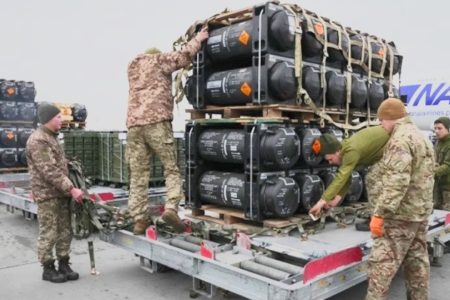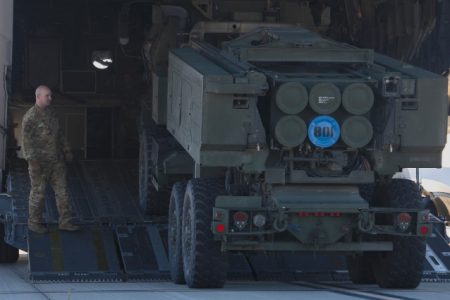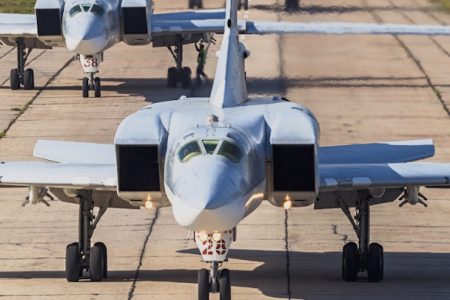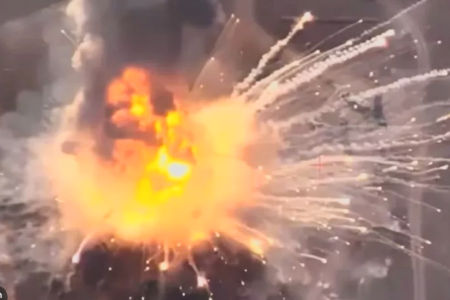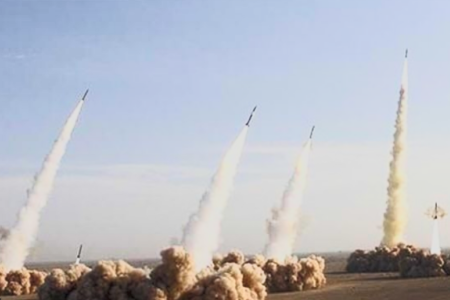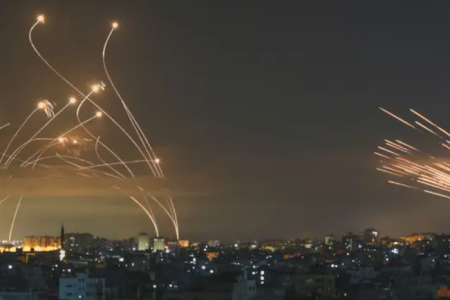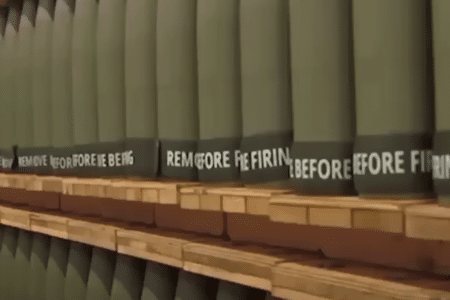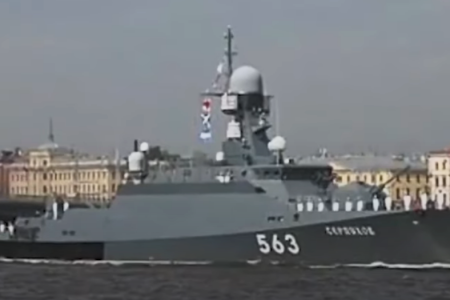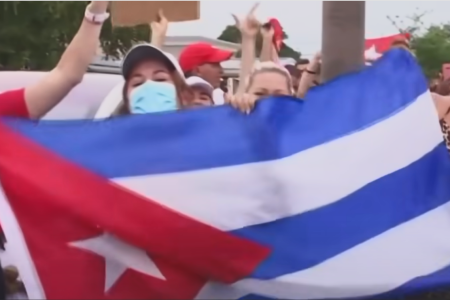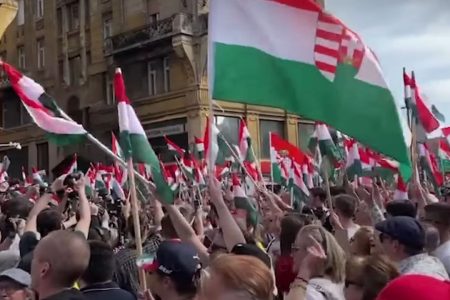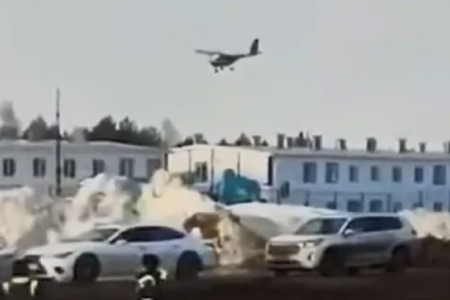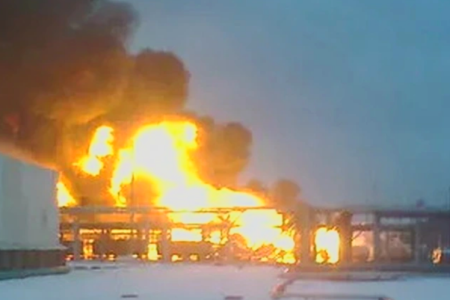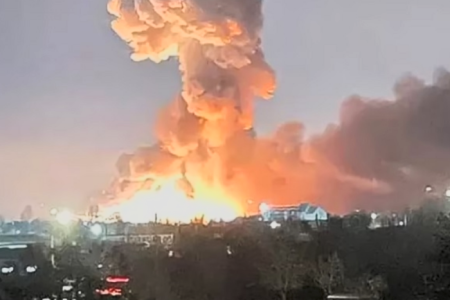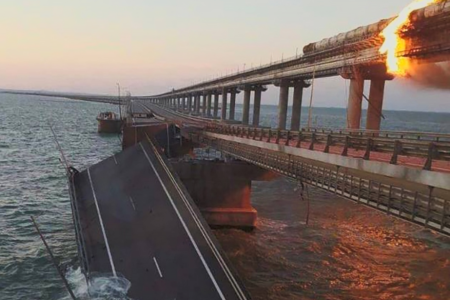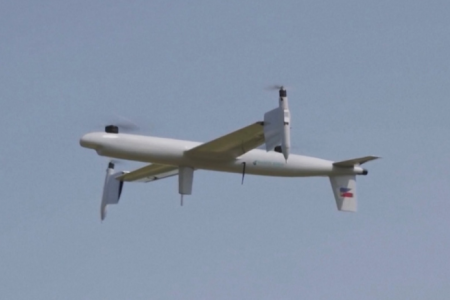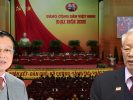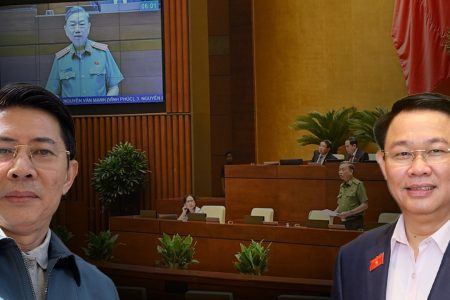
Vietnam lost Gac Ma (South Johnson Reef) in the Truong Sa (Spratlys) to China 33 years ago, but there are still things that have not been clarified. What should Vietnam do to protect the sovereignty of the islands when China becomes increasingly aggressive and threatens war?
Diem Thi interviewed East Sea (South China Sea) researcher Dinh Kim Phuc, author of many studies on Vietnam’s maritime and island sovereignty on related issues.
Diem Thi: Mr. Dinh Kim Phuc, please tell us when China had a plan to take over the Spratlys?
Dinh Kim Phuc: The conspiracy to invade Vietnam’s Spratlys was planned by China after January 19, 1974 (the day when China completely took over the Hoang Sa or Paracels).
Facing this situation, in April 1975, the Vietnam People’s Navy opened the Truong Sa campaign and captured and recovered five islands named Song Tu Tay (Southwest Cay), Son Ca (Sand Cay), Nam Yet (Namyit island), Sinh Ton (Sin Cowe island), and Truong Sa Lon (Spratly Island) from the Vietnam Republic‘s Army. The withdrawal and seizure of these five important islands by the People’s Navy of Vietnam initially prevented China’s plot to annex the Spratlys.
After April 30, 1975, China outlined another strategy to invade Spratlys and encroach on Vietnam’s sovereignty in the South China Sea. Instead of the strategy of “fight fast, win quickly” as done in Hoang Sa in 1974, China implemented the strategy of “oil slick” and Vietnam became the main combat object of the Chinese army.
Diem Thi: In your opinion, the Gac Ma event can be called the naval battle, or is it the massacre of the Chinese navy?
Dinh Kim Phuc: Operation CQ-88 (full name is Operation Sovereignty 1988) is a series of military operations in the East Sea conducted by the People’s Navy of Vietnam from 1978 to 1988 to establish rights controls over the geographical features in the Spratlys that Vietnam claims in the South China Sea. The campaign was conducted in the context of 6 countries and territories (Vietnam, China, Taiwan, the Philippines, Malaysia, and Brunei) jointly claimed sovereignty over the Spratly Islands and took military occupation on several geographical features in this archipelagos.
At the end of December 1986, China sent aircraft and boats including warships to conduct reconnaissance and exploration activities from the Southwest Cay area to Thuyen Chai (Barque Canada Reef). Meanwhile, the Philippines accelerated the transport of construction works on the islands they hold (Northeast Cay and Panatag). At the same time in the south of the Spratlys, Malaysia secretly sent forces to occupy the Ky Van Reef, and in January 1987, Malaysia occupied the Kieu Ngua Reef, making the situation tenser.
Meanwhile, the People’s Navy of Vietnam in the late 1970s and 1980s was weak (in April 1975, if most of the Republic of Vietnam fighters flew to Thailand, then most of the important warship of the Republic of Vietnam fled to Subic Bay of the Philippines) but with “Determined to defend with the beloved Motherland, to defend with the Spratly Islands – a part of the sacred territory and territorial waters of the Fatherland- Our love,” the Vietnam People’s Navy has defended sovereignty with all that is and with the blood of a sea soldier.
The battle for Gac Ma was the culmination of Operation CQ-88. In this battle, Vietnam suffered three ships that were shot and sunk, three people were killed, 11 others were injured, and 70 were missing. China later handed over to the Vietnamese nine people arrested, 61 still missing and presumed dead.
Vietnam was occupied Gac Ma island but still has protected sovereignty in Co-Lin and Len Dao islands up to now.
During the battle on March 14, the Chinese reported a total use of 285 100-mm shells and 266 37-mm shells, not to mention small bullets. The fact that China used heavy artillery and anti-aircraft guns to destroy 64 soldiers of the Vietnamese Army and Navy with their bare hands holding the island was a massacre.
Until today, the 56 remains of Vietnamese cadres and soldiers are still in Gac Ma, showing the bravery of Vietnamese leaders in their friendship with China today.
Diem Thi: The order “Do not open fire” or “do not fire first” is understood how, sir?
Dinh Kim Phuc: There has been a lot of debate about the rumor that the then Minister of National Defense at that time ordered: “not to open fire“?
Used to be a soldier, but I did not participate in the battle of Gac Ma. As a student of history, teaching-learning, and researching history, I just say: look at the whole CQ-88 campaign with the sacrifices and losses of the insiders, so that today, Vietnam expanded its control area to 21 geographic features with 33 stationed posts, controlling an area of water nearly 100,000 square kilometers in the South China Sea. And also from 1988 up to now, Vietnam has not lost any more entities at sea.
“Command to fight“? Let the generations of CQ-88 campaign leaders and insiders speak up. Please do not stand on the shore and sit in the air-conditioned room that weakens the people’s confidence with the task of protecting the sovereignty of the sea and islands of the country.
People attend the memorial service for 64 Vietnamese Navy soldiers who were massacred on March 14, 1988 (AFP)
Diem Thi: Was the Gac Ma incident prompting the return to normal relations with China through the 1990 Chengdu convention?
Dinh Kim Phuc: To say just one Gac Ma event in 1988 to lead to the process of returning to normal relations with China is not complete.

At the 6th National Congress of the Communist Party of Vietnam, one of the main directions of foreign affairs adopted was “readiness to negotiate to settle matters of the relationship between Vietnam and China, normalizing relations between the two countries.”
It is also worth mentioning that at the informal conference between China and Vietnam in Chengdu on September 3 and 4, 1990, nine principles were adopted, of which seven were international principles regarding Cambodia and two principles of the normalization of relations between Vietnam and China.
Diem Thi: What is the nature of the friendship between Vietnam and China today, sir?
Dinh Kim Phuc: Since announcing the establishment of the so-called Sansha city in 2007, China has stepped up to harass and threaten the security of the South China Sea over the past 14 years.
China in recent years has repeatedly sent law enforcement ships and militia ships into the exclusive economic zones of neighboring countries including Vietnam, harassing oil and gas exploitation activities of these countries.
Over the past 14 years, in my opinion, China has taken two actions in the South China Sea that are considered a direct threat to Vietnam’s security. The first is that China sent the drilling rig HD 981 to Vietnam’s continental shelf. In this event, it must be remembered that China has 30 times refused contact with Vietnam. Second, China’s Hoan Cau Times newspaper said on March 3 that the exercise was in waters far from the mainland but did not specify the location, however, Hongkong’s South China Morning Post on March 4 said the site of the exercise was Tri Ton Island, belonging to Vietnam’s Paracels which China occupied since 1974.
Why is the talk of Chinese amphibious exercises on the island of Tri Ton in early March 2021 more severe than the HD 981 incident of 2014?
HD 981 case in 2014 was that China sought to “assert national-territorial and maritime sovereignty” in the Paracels. China failed because it was opposed by Vietnam on the diplomatic front, on the other hand, sent out by the Coast Guard ship. This event shows world public opinion that Paracels are “disputed” territory and not under Chinese sovereignty.
The Chinese army’s amphibious exercises on Tri Ton Island are aimed at deterring Vietnam (and countries that have territorial disputes with China such as Taiwan, Japan, the Philippines, and Malaysia). Thus, outside of Vietnam, countries that have territorial disputes with China may “have military conflicts” with China from now until the end of 2021.
The year 2021 is the 100th anniversary of the founding of the Communist Party of China. The year 2022 is also the year that Xi Jinping ends his second term as President (two five-year terms). Xi Jinping needs an economic or military footprint to assert himself, in order to look for a few more terms.
Diem Thi: With all that China has done and is doing to Vietnam on the South China Sea, what solution do you think Vietnam should have to protect territorial integrity?
Dinh Kim Phuc: Before discussing the solution to the South China Sea issue and Vietnam’s sovereignty over Spratlys and Paracels, the first thing, in my opinion, Vietnam’s state needs to affirm and issue an establishment of Hoang Sa district. There must be people, government, and territory because China already has the so-called Sanya city. That is the first requirement that we must make equal.
The second issue is the diplomatic strategy of Vietnam in general and the East Sea in particular, a top-secret issue of the Party and State. So domestic researchers and scholars around the world based on what data to evaluate, analyze and comment on?
The third issue is how the current official views of the Party and the State of Vietnam regarding 1958 Official Diplomatic Note Pham Van Dong [Vietnamese Prime Minister during the Vietnam War and after that]? Admit or deny? Are the explanations on the media front “let me listen” or “let the International Court of Justice” hear?
The fourth issue, in the history of relations between the Democratic Republic of Vietnam and China from 1949 to 1975, is there any other agreement besides the Official Diplomatic Note of Pham Van Dong?
At the informal conference in Chengdu in September 1990, apart from the nine agreed principles regarding the Cambodian problem and normalize Sino-Vietnamese relations, was there any other agreement to deal with disputed Paracels and Spratlys?
If there is no answer to the above four issues, then Vietnam only has to stretch to deal with China, not just one day or two. And the question of suing China in international court will never happen.
Diem Thi: Thank you for your time in this interview.
Thoibao.de (Translated)




